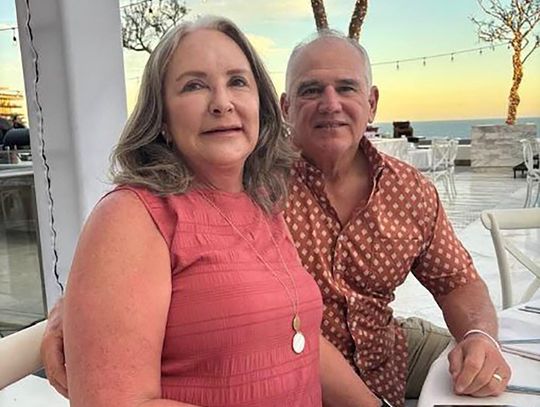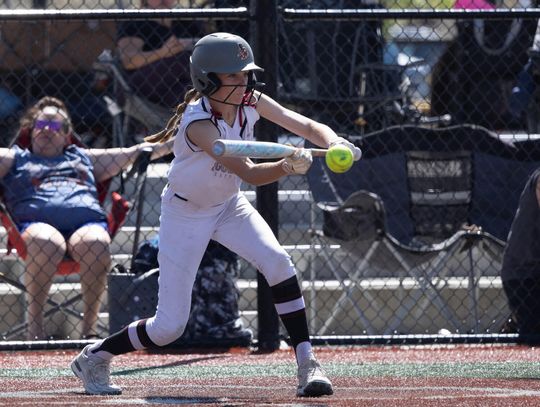The Churchill County School District’s June 25 school board meeting was marked by weighty decisions that reflect the complex balancing act between financial stewardship and student support. Central to the evening’s deliberations were two critical agenda items: the removal of paid lunches for students and the renewal of the district’s POOL insurance coverage. These decisions stirred considerable debate among trustees, district officials, and the public, highlighting deep tensions between cost-cutting measures and the district’s responsibility to meet the needs of its students.
One of the most emotionally charged issues discussed was the proposal to eliminate paid lunch options within the district. Historically, the school district has offered a tiered meal system, with free, reduced-price, and paid lunches. However, due to financial pressures and reduced participation in the paid program, the district reconsidered its sustainability. Superintendent Derild Parsons and financial staff reported that the paid lunch program was projected to cost nearly $150,000 annually, a figure deemed unsustainable under current budget constraints. Declining participation in the paid tier, dropped by 20% over the past, two years further contributing to the recommendation for elimination.
The decision did not come easily. Board members and the public engaged in passionate discussion, with many expressing concern for families who do not qualify for free or reduced meals but still struggle to afford daily lunch fees. One board member remarked that the shift might disproportionately affect "working families that are just above the income threshold but still financially stretched." Trustee Wendy Bullock and Julie Goetsch urged the board to consider alternatives such as a sliding scale or expanded eligibility, warning that eliminating the program could lead to increased hunger, student stigma, and a decline in academic performance. After thorough debate, the board voted, 6–1, in favor of ending the paid lunch program beginning August 1.
In contrast, the second major topic of discussion—renewal of the district’s POOL insurance coverage—was met with a more unified, though still cautious, response. The district’s liability, property, and workers’ compensation insurance, provided through the Nevada Public Agency Insurance Pool (POOL), saw a notable increase in cost. For the upcoming fiscal year, the premium rose from $1.2 million to $1.36 million, a 13.3% increase overall. Property and liability coverage rose by 15%, while workers’ compensation costs climbed by 10%, driven by inflation, increased claim activity in similar districts, and updated rebuilding cost estimates.
Although some board members questioned the steep increase, the recommendation to renew the insurance contract was approved unanimously. Trustees emphasized the value of continuity and the risk of disruption if the district were to pursue alternative carriers without adequate planning. They agreed, however, to revisit deductible levels and seek competitive quotes ahead of the next renewal cycle, hoping to mitigate future premium hikes. Superintendent Parsons noted that the insurance coverage is critical to the district’s ability to operate safely and legally, particularly in a time of increased liability across all sectors of public education.
These two decisions—one cutting a student-facing service, the other expanding operational costs—highlight a difficult juxtaposition. While the district sought to contain costs by removing paid lunches, it simultaneously committed to a substantial increase in insurance spending. Critics of the lunch decision pointed out that the $150,000 saved would barely offset the $160,000 rise in insurance premiums. Board members who supported the change contended that ensuring district facilities and personnel is non-negotiable, whereas paid meals could be supported by families or external community organizations.
Nonetheless, the optics of the decision were not lost on many attendees. Some questioned why food access, a basic student need, was the area targeted for savings. Suggestions were made to explore cost reductions in administrative overhead, vendor contracts, or extracurricular expenditures before cutting services that directly affect students’ health and learning capacity. Trustee Goetsch summed up the dilemma poignantly: “We’re debating whether to spend more to protect our buildings, but we’re willing to spend less to feed our kids.”
Looking ahead, the district plans to roll out communications regarding the elimination of paid lunches and support impacted families through outreach and application assistance for free and reduced meal programs. At the same time, staff will begin exploring ways to restructure future insurance costs, including increasing deductibles and exploring new risk-pooling strategies. Data will be gathered throughout the fall to monitor the impact of the lunch program change on attendance, performance, and student well-being.









Comment
Comments